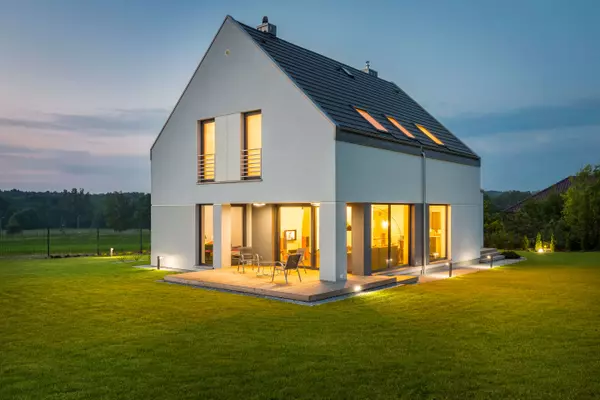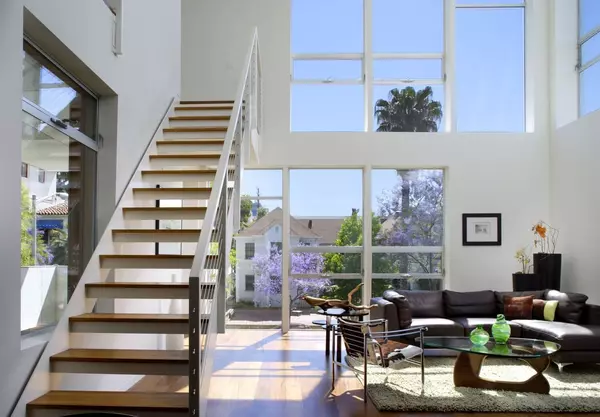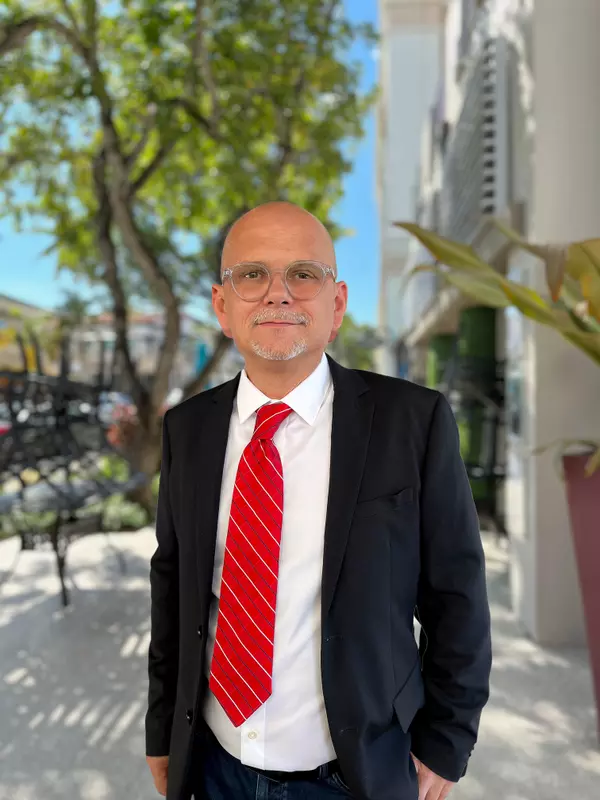FHFA Is Weighing 3 ‘New’ Mortgage Options for Homebuyers, but Which One Actually Helps Homebuyers the Most?
For nearly a century, the 30-year fixed-rate mortgage has defined the American housing market. More than 90% of mortgage holders have one, and for decades, it has worked. House hunters could lock in stable payments, refinance when rates fell, and build equity over time.
But the 30-year mortgage is also at the heart of today’s affordability crisis. It helped enable a generation of homeowners to buy or refinance into ultralow rates during the pandemic, creating a historic lock-in effect. Now, more than 80% of homeowners hold rates below 6%, according to data from Realtor.com®. Meanwhile, prices remain near record highs, and the typical first-time buyer is now 40 years old, the oldest ever recorded.
With the market frozen, the Federal Housing Finance Agency is studying three unconventional alternatives to the standard 30-year mortgage in hopes of restoring mobility and easing the affordability squeeze: a portable mortgage, a 50-year fixed rate, and a crypto-backed alternative.
But economists warn that these credit innovations may only solve one side of the problem they’re trying to fix.
“In isolation, each proposal has the potential to improve affordability for a subset of buyers, at least in the very short term,” explains Jake Krimmel, senior economist at Realtor.com.
But, he cautions, “When it comes to improving affordability for the whole market, none of the proposals would do that. Each stimulates demand, which means they'll put upward pressure on market prices, not downward.”
That tension now sits at the center of the housing debate: Can any mortgage innovation stimulate the market while meaningfully improving affordability? Or will they just create new winners and losers in an already unequal playing field?
Portable mortgages: The most stimulating and perhaps the most inequitable
Of all the mortgage ideas FHFA is weighing, portable mortgages are generating the most excitement among buyers, says Darren Koenenn, a real estate adviser at Compass Florida.
The appeal is obvious: Millions of homeowners locked in low mortgages during the pandemic, and many don't want to let them go. A portable mortgage would allow these homeowners to carry their low rate with them when they move, effectively restoring mobility to a market that’s been frozen for nearly three years.
“A huge number of homeowners locked in rates in the 2% and 3% range,” says Koenenn. “When you are holding financing that cheap, it becomes extremely difficult to justify moving. … If loan portability becomes reality, it would unlock mobility and remove one of the major friction points in today’s market.”
But the very feature that makes portable mortgages so appealing is also what makes them so inequitable, says Krimmel.
“The portable mortgage would segment the buyer pool into the 'haves' and 'have nots' depending on their current mortgage rate,” he says. “Anyone holding the 'golden ticket' of a pandemic-era mortgage could outbid other buyers.”
So while portability would undoubtedly free up more inventory, the extra demand from buyers carrying supercharged low-rate mortgages could push prices even higher—just like ultralow interest rates did during the pandemic.
Portable mortgages also pose a more existential risk to affordability by upending mortgage-backed securities. Their unconventional structure would break today’s securitization models and force investors to take on more risk. To compensate, investors are likely to demand higher returns, driving mortgage rates higher while making loan origination and servicing far more complex.
50-year mortgages: Lower payments, higher lifetime debt—and minimal impact on prices
For all the complications of portability, the 50-year fixed-rate proposal appears to be the simpler, more logical addition. After all, it fits nicely into the existing 15- and 30-year fixed mortgage rate family by simply extending the loan term another few decades.
But while a longer amortization does lower the monthly bill, it also balloons the total interest paid. That mixed trade-off is exactly why buyers are intrigued but hesitant, says Koenenn.
“Among the buyers I work with, there is curiosity, but not yet real conviction, around the idea of a 50-year mortgage. There are simply too many unknowns,” he says.
Chief among those unknowns: How long would it take to build meaningful equity, and what risks would accumulate along the way?
Realtor.com calculations estimate that on a $400,000 home with 10% down at today’s 6.25% 30-year rate, a 50-year mortgage would trim roughly $250 per month off the payment—meaningful, if not earth-shattering savings.
But the long-term cost is enormous. Over the lifetime of the loan, a 50-year borrower would pay $816,396 in interest, compared with $438,156 on a 30-year mortgage—a difference of $378,240, or 86% more interest overall.
Equity also lags woefully behind. After just 10 years of homeownership, the 30-year borrower would have $42,308 more equity, equal to 10.6% of the home’s value, purely because they are paying down principal faster.
And even if the 50-year mortgage boosts short-term demand, it risks the same pitfall as portable mortgages: “Each stimulates demand, which means they'll put upward pressure on market prices, not downward,” says Krimmel.
Crypto-backed mortgages: Helpful for a small slice—risky for the system
Crypto-backed mortgages are perhaps the most unconventional idea FHFA is exploring, and the one with the smallest pool of potential users. These loans work by allowing borrowers to pledge cryptocurrency as collateral, similar to how wealthy buyers often pledge stocks or other portfolio assets to secure financing without selling them.
That’s why the concept isn’t new to high-end real estate.
“Crypto-backed mortgages are not unfamiliar to high-net-worth clients. … The last $4 million property I sold was purchased entirely with pledged stock,” says Koenenn.
For buyers who hold large amounts of digital assets, using crypto as collateral is an extension of an existing strategy.
That narrow usefulness underscores the real issue: Only about 14% of U.S. adults own cryptocurrency, according to a recent Gallup poll, making it a niche offering at best.
With so few holders of crypto, it’s unlikely these mortgages would help typical first-time buyers, renters trying to break into the market, or middle-income households squeezed by today’s prices and rates. Instead, they’re more likely to function as a financing shortcut for a select group of affluent, crypto-heavy borrowers, with meaningful risks attached.
The biggest risk is volatility. Crypto prices can swing dramatically in a matter of hours, raising the possibility of margin calls if collateral values fall too quickly. Just this week, Bitcoin fell to its lowest level since 2017, threatening a correction.
That instability could translate directly into elevated default risk, both for individual borrowers and, if scaled, for the broader mortgage market.
“With crypto-backed loans, that could increase foreclosure and default risk into the system if borrowers were overreliant on volatile assets,” says Krimmel.
It’s a sharp contrast to traditional mortgages secured by home equity, which typically moves more slowly and predictably. Crypto-backed loans could expose lenders and investors to rapid swings that the mortgage system isn’t built to absorb.
Why none of these fix affordability
For all their novelty, none of these mortgage ideas address the fundamental reason housing is unaffordable: There aren’t enough homes. All three proposals expand credit access, which increases demand. But without a corresponding surge in supply, more demand doesn’t make homes cheaper, it can even make them more expensive.
That’s why economists warn that these products may look like solutions in the short term but ultimately shift the problem downstream. Portable mortgages give millions of homeowners more buying power. Fifty-year mortgages lower monthly payments. Crypto-backed mortgages unlock liquidity for affluent buyers. But not one of these ideas increases the number of available homes.
And when more buyers can enter the market without more homes to buy, prices rise.
“The trouble is: Each proposal has real drawbacks that can't be ignored—and, in my opinion, outweigh the benefits,” says Krimmel.
The issue isn’t just feasibility or risk, it’s the predictable price reaction. As he explains, “it would just be a matter of time before market prices adjusted to the rush of new buyers on the market.”
So, which mortgage is best?
Caveats aside, each proposal has the potential to help open up homeownership for specific buyers.
Portable mortgages most clearly benefit homeowners stuck in properties that no longer meet their needs, offering mobility without sacrificing ultralow rates. They could help thaw the market, but mainly for people who already locked in cheap loans.
Fifty-year mortgages appeal to first-time buyers struggling with high monthly payments, but the trade-off is steep: painfully slow equity growth and dramatically higher lifetime interest costs.
Crypto-backed mortgages won’t move the broader market, but they may serve a narrow group of buyers who are asset-rich in crypto—especially younger men, who remain the most likely heavy crypto holders.
Each of these ideas solves a problem for someone, but none meaningfully solves affordability, the most persistent thorn in the side of the housing market.
Categories
Recent Posts










GET MORE INFORMATION

Stevan Stanisic
Real Estate Advisor | License ID: SL3518131
Real Estate Advisor License ID: SL3518131
